The Art of Seed Saving and Sharing: Cultivating Sustainability in Organic Gardening
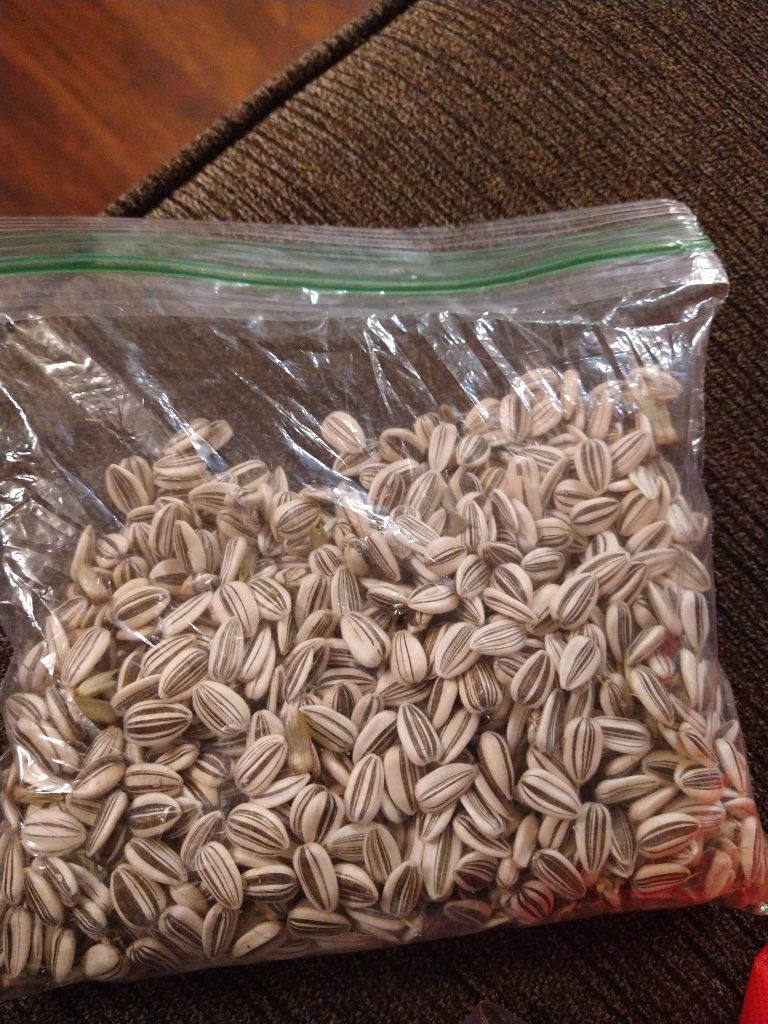
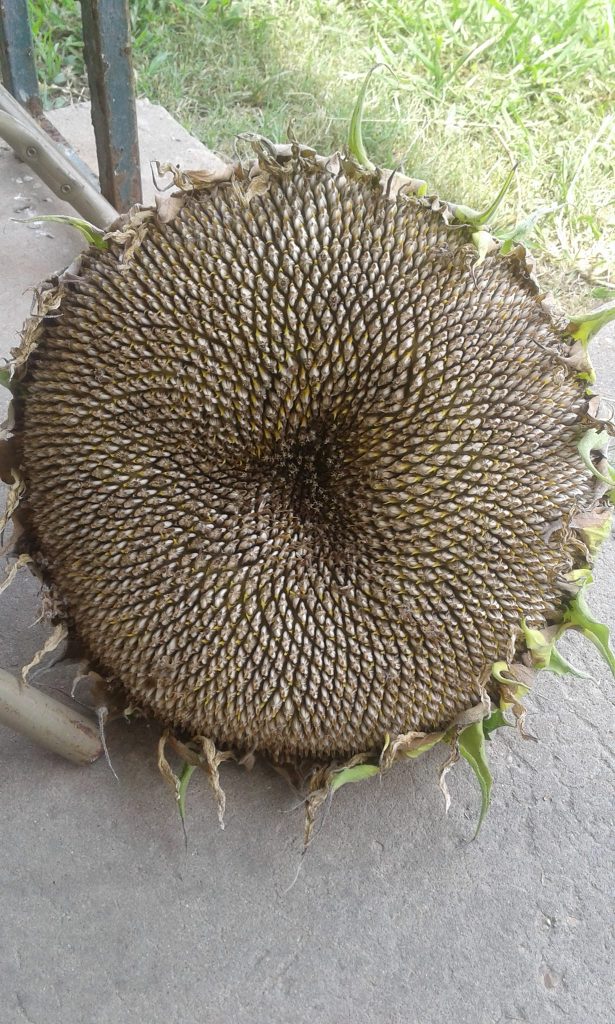
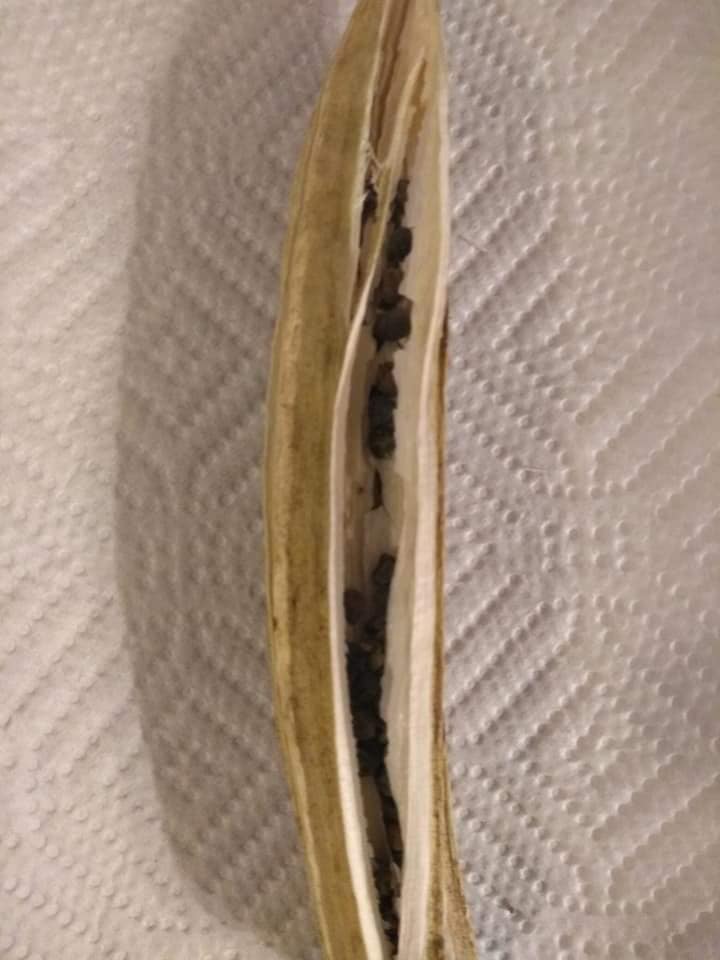
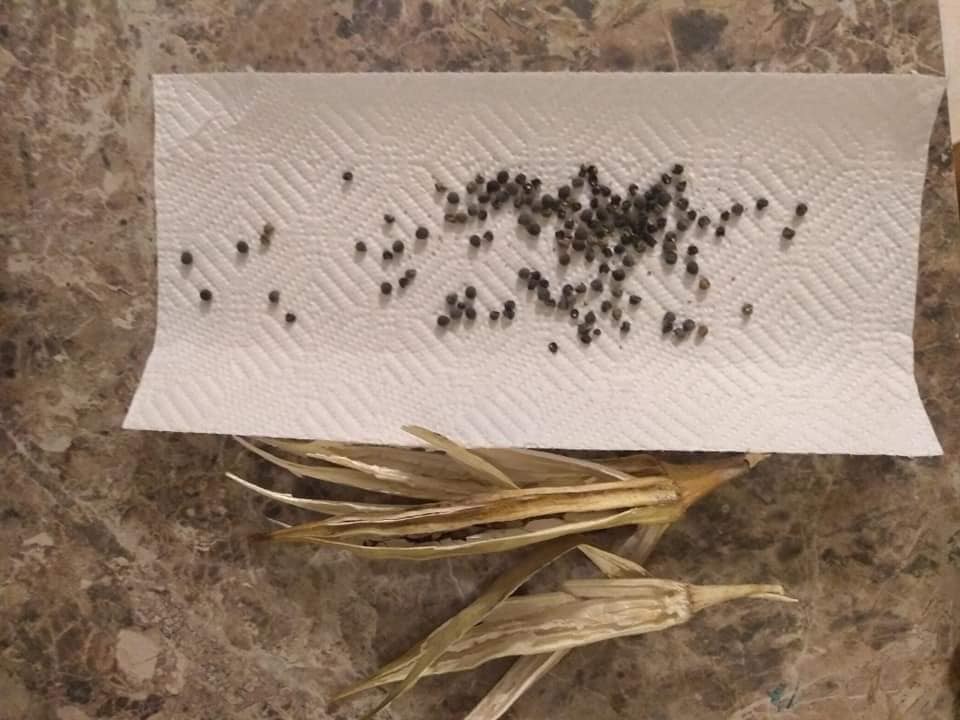
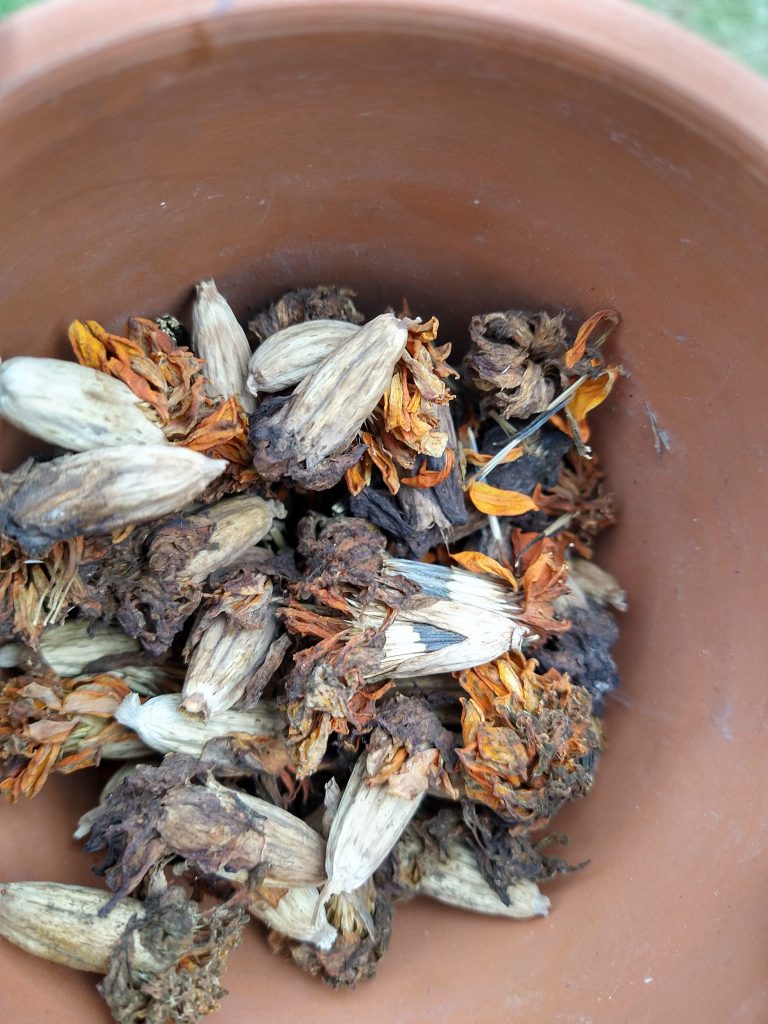
From fostering plant diversity to preserving heirloom varieties, and even promoting community resilience, seed saving is an ancient tradition that holds the key to a sustainable and thriving garden. In this blog post, we’ll delve into the captivating world of seed saving and sharing, exploring its multifaceted advantages backed by data and intriguing facts.
Preserving Plant Diversity: Seed saving plays a pivotal role in maintaining the diverse tapestry of plant life. As industrial agriculture narrows down the selection of crops for mass production, many unique and heirloom plant varieties face the risk of extinction. By saving and sharing seeds, gardeners become guardians of biodiversity, ensuring that a wide array of plant genetics endures for future generations.
Data Insight: According to the Food and Agriculture Organization (FAO), around 75% of global plant genetic diversity has been lost over the past century. Seed saving helps counteract this loss and protects invaluable genetic resources.
Cool Fact: The Seed Savers Exchange, founded in 1975, boasts a collection of over 20,000 plant varieties, illustrating the dedication to preserving plant diversity.
Adapting to Local Conditions: Saved seeds gradually adapt to the unique growing conditions of a region. As gardeners select seeds from the most successful and resilient plants, these seeds become better suited to the local climate, soil, and pests over time. This natural selection process leads to stronger, more resilient plants in your garden.
Data Insight: A study published in the “Ecology and Evolution” journal demonstrated that farmer-saved seeds of beans exhibited greater genetic diversity and adaptation to local conditions compared to commercial seeds.
Cool Fact: In the Andes mountains of South America, indigenous farmers have been saving and adapting potato seeds for thousands of years, resulting in a remarkable diversity of potato varieties.
Cost Savings and Self-Sufficiency: Seed saving is a frugal gardener’s dream. By saving your own seeds, you break free from the need to purchase new seeds each year. This not only saves money but also enhances your self-sufficiency as a gardener, fostering a deeper connection with the growing process.
Data Insight: The Organic Seed Alliance estimates that a typical small-scale farmer can save around $200 to $600 per acre annually by using saved seeds instead of purchasing commercial ones.
Cool Fact: The world’s oldest known food plant seed to have been successfully grown into a plant was a 2,000-year-old date palm seed discovered in the ancient fortress of Masada, Israel.
Community Building and Cultural Heritage: Seed sharing is more than just an agricultural practice; it’s a bond that knits communities together. Exchanging seeds fosters connections, knowledge sharing, and a sense of belonging. It also safeguards cultural heritage as traditional heirloom varieties are preserved and passed down through generations.
Data Insight: A study published in the “Journal of Agricultural Education and Extension” highlighted the role of community seed banks in enhancing local food security, sharing of knowledge, and promoting cultural identity.
Cool Fact: The “Seedy Saturday” movement, where communities come together to exchange seeds and gardening tips, originated in the Canadian town of Rosseau, Ontario, in 1990.
The act of saving and sharing seeds is a profoundly meaningful endeavor that reverberates through time, sustaining ecosystems, preserving traditions, and nurturing a greener future. As organic gardeners, we hold the power to contribute to global biodiversity, adapt plants to changing climates, save money, and build resilient communities. Embrace the art of seed saving and sharing – for every seed is a promise of growth, a testament to our stewardship of the Earth’s bounty.